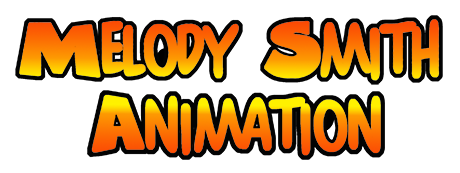Stop Motion Animation
This is the way in which all animation works - you take a frame, stop and move something then take another frame - repeating this until you have completed your scene. Stop motion tends to be associated with claymation (Morph, Wallace and Gromit) where the subject is three dimensional (3D) and the movements are real rather than drawn, but the principle is the same for all animation. A completely flat (2 dimensional or 2D) animation, in the original Disney style (Snow White, Cinderella etc.) is known as 2D cel animation where each drawn frame is called a cel. Other 2D styles include paper cuts and Flash animation (Flash is a computer program).
Characters made from clay usually need an armature (stickman style wire skeleton) to support the structure and allow it to move. An animator needs to consider the movements that the model is required to do when working on the design.
As well as claymation, stop motion is often used for brick animation where the models are made from construction kits like Lego. This allows for the animator to get started quickly without having to create a character from scratch.
In short, Stop Motion can be used to move any object in a series of frames, creating a whole world of potential for creative minds (both young and old!).
An example of claymation*:
There are examples of some of my favourite stop motion animations in the other links section too.
* = external link (see privacy policy above)







